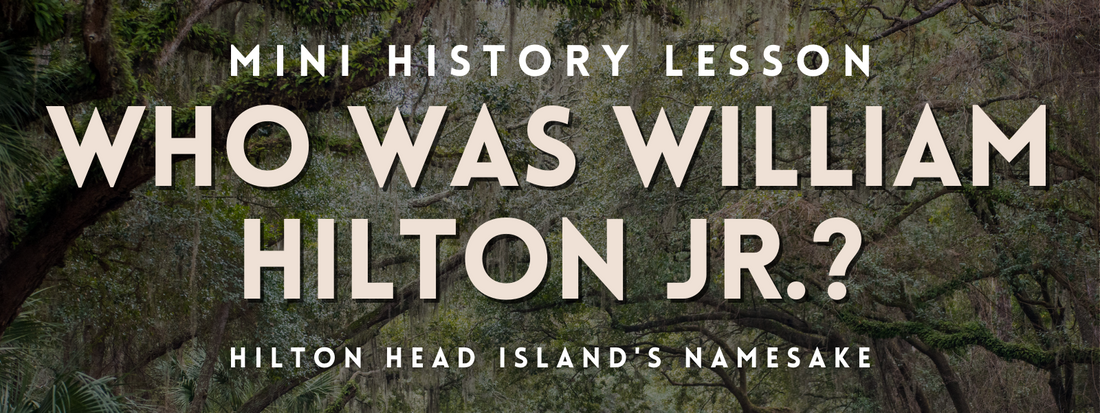An iconic summertime destination of which families return to year after year, Hilton Head Island’s beauty and appeal is never second-guessed. The island’s name, however, tends to leave people puzzled.
And before you ask, no, the name is not affiliated with a well-known hotel brand.


Hilton Head Island is actually named after Captain William Hilton Jr., an English explorer who moved to New Plymouth as a child. Hilton is known to have previously captained the Adventure from Charlestown, Massachusetts to Florida. Back then, they considered the southern geographical region up to the Carolinas to be Florida, therefore Hilton explored the Cape Fear region in 1662.
In 1663 Hilton sailed once more on the Adventure from Spikes Bay, Barbados, and anchored in St. Helena Sound. In efforts to explore land in the Carolinas for sugar cane planters, or publicly documented as “several Gentlemen and Merchants of the Island of Barbados,” the headlands seen at the entrance to Port Royal Sound was then considered Hilton’s Headland.
So that was it, right? Hilton’s Headland immediately just became forever known as Hilton Head Island? Well, not exactly. There’s 320 years of history to account for, but we’ll give you the summary version. If you’d like to see the full island’s timeline collected by the Coastal Discovery Museum, click here.
The island’s next name that’s seen on 18th century maps, is Trench’s Island. This is after Alexander Trench, the son of John Bayley of Ballyclough, Ireland, who was appointed most of the island’s land by the Lords Proprietors. After never visiting the island, Trench was in charge of selling the land that would become plantations.

During the Plantation Era, surrounding areas like Beaufort and Savannah were founded. The population in the region grew, but by 1860, the island was mostly inhabited by enslaved people on the various plantations. Two years later, the island was then considered Port Royal during the Civil War and its importance as a military installation.
It’s not until 1872 that the name reverts back to Hilton Head Island, and in 1983, the Town of Hilton Head Island is finally incorporated.
We’ve skipped over most of Hilton Head’s incredible history that you’ll definitely want to learn more of. Families will love exploring the grounds and exhibits at the Coastal Discovery Museum, and history buffs definitely need to reserve their seats on a Hilton Head History Tour to learn more about the island’s native residents, infamous pirates, the story of Mitchelville, and more!
